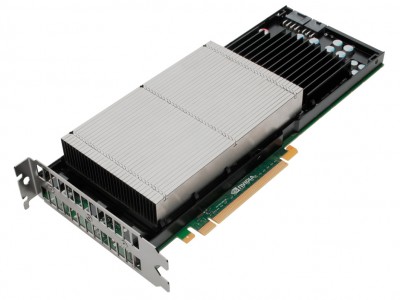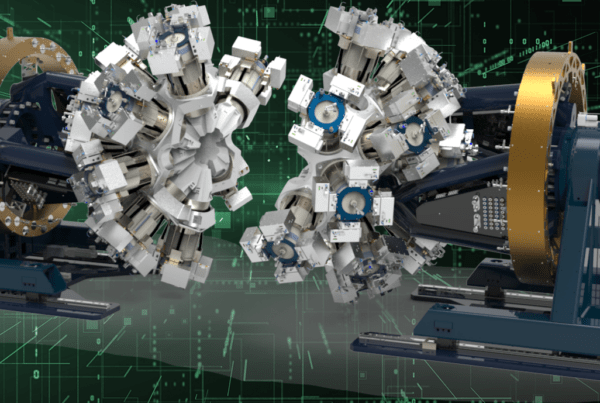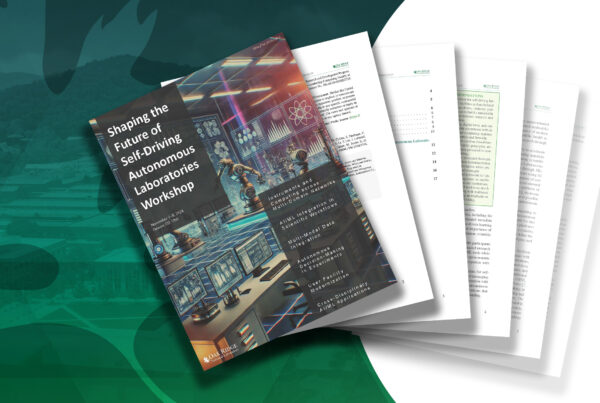World’s fastest supercomputer unveils HPC game changers
The next era in high-performance computing is here. On Monday, March 11, researchers from a wide spectrum of scientific disciplines were granted access to the Titan supercomputer’s graphics processing units (GPUs).
Managed by Oak Ridge National Laboratory’s Leadership Computing Facility (OLCF), Titan is currently the world’s fastest supercomputer and is unique among its peers due to its hybrid architecture—a combination of GPUs, traditionally used in video games, and the more conventional central processing units (CPUs) that have served as number crunchers in computers for decades. The complimentary combination of CPUs and GPUs will allow Titan to perform more computing operations using less power than previous generations of high-performance computers.
On Monday morning, researchers were able to take advantage of 8,972 GPU-enabled compute nodes. This critical step marks the beginning of a new role for GPUs—helping computational science to tackle some of our most complex challenges in energy, climate, biochemistry, and fundamental physics, to name a few.
While Titan has not yet completed the full suite of acceptance tests (a series of agreed upon benchmarks that demonstrates the machine’s readiness for use), it has successfully passed both the functionality and performance phases of the acceptance test suite.
The project schedule calls for completing acceptance testing by June of 2013, a schedule the OLCF expects to meet.
Titan has a theoretical peak performance of more than 27 petaflops, or more than 27,000 trillion calculations per second, enabling researchers to achieve unparalleled accuracy in their simulations and achieve research breakthroughs more rapidly than ever before.

NVIDIA Tesla GPUs are massively parallel accelerators based on the NVIDIA CUDA(r) parallel computing platform and programming model. Tesla GPUs are designed from the ground up for power-efficient, high performance computing, computational science and supercomputing, delivering dramatically higher application acceleration for a range of scientific and commercial applications than a CPU-only approach.
Because they handle hundreds of calculations simultaneously, GPUs can go through many more than CPUs in a given time. Yet they draw only modestly more electricity. By relying on its 299,008 CPU cores to guide simulations and allowing its Tesla K20X GPUs, which are based on NVIDIA’s Kepler architecture to do the heavy lifting, Titan is approximately ten times more powerful than its predecessor, Jaguar, while occupying the same space and drawing essentially the same level of power.
In order to achieve the goal of exascale computing, a game-changing technology is necessary. Many in the supercomputing arena believe that GPUs are exactly that, and Titan is the proving ground for this technology.
“On the first day of having access to the GPUs on Titan, users of the GPU-enabled nodes consumed 500,000 Titan core-hours,” said OLCF’s Director of Science Jack Wells.





